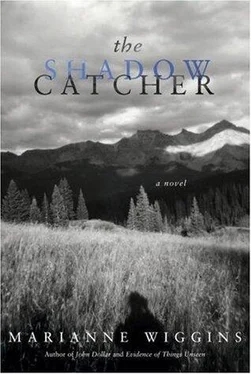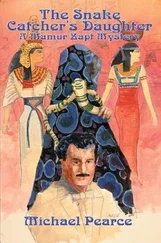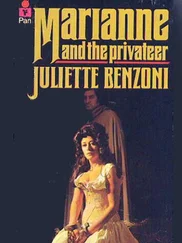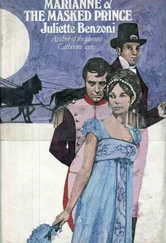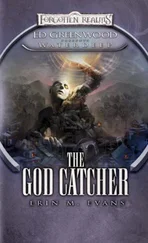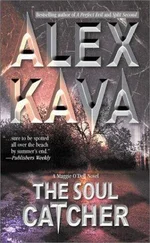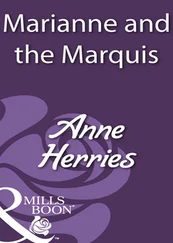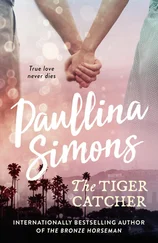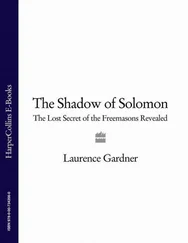I place my order, pay and am given a white plastic tipi -shaped marker with a number on it. I take it to a booth in the front room in the corner under the poster of Anthony Quinn as Zorba. Behind me the Brentwood kids are still debating the relative merits of Angelina Jolie versus Ch ennifer, and to hear them talk, you’d think they are revealing secrets about members of their coterie and I start to wonder how this appropriation propagates itself. They sound as if they believe they know these distant entities, these stars, these misnamed goddesses. As if they and the celebrity luminaries were down . Me an’ Angelina. Brad an’ me an’ me an’ Brad, and to that extent, celebrity is a form of identity appropriation, identity theft, not unlike the man in the hospital in Las Vegas who’s appropriated the identity of my dead father.
But, no: a celebrity relinquishes exclusive ownship of his or her own life.
A celebrity doesn’t steal a life, she or he gives her or his life away.
To us average schmoes.
To the great unknowables, the undercelebrated me’s and you’s of the undercelebrated ordinary world.
And that’s one thing for which I applaud my Mr. Curtis — for raising uncelebrated Indian faces to an iconic status.
We may never know these Indians’ names nor how they lived nor whom they loved, but we will know their faces.
Curtis knew his craft, he knew how to commemorate a face, how to make it memorable with shadow, light and shallow focus, because by the time he started driving to the reservations he was a celebrated studio photographer in Seattle who had captured national attention when Theodore Roosevelt asked him to photograph his daughter Alice’s wedding at the White House.
It was the party of the year, that wedding, and Alice Roosevelt was as appropriated and ooh ed and aah ed over as any 21st-century media celebrity. Songs were written about her, a color was named for her and magazines sold out overnight every time Alice graced the cover. The public clamor for details of the wedding — details of the dress, the cake, the guest list — was so distracting from the business of running the country that Roosevelt’s personal secretary issued a formal statement stating that the press was not welcome on the wedding day and that the only wedding photographs that would be made available to the nation’s newspapers and magazines would be those taken by the official wedding photographer who had been chosen expressly by the President, himself.
EDWARD S. CURTIS.
In with The Man.
And one of the things that fascinates me about the life stories of so-called self-made people is how they get from there to there , how one gets born into obscurity and day-to-day economic strain and ends up telling Mr. President smile. Say cheese.
If you look carefully at the portrait that was the official White House release of that happy day, it’s really not a great portrait at all, as a window into the souls of the bride, her shell-shocked-looking groom and her famously boisterous father. Congressman Nicholas Longworth, the groom, poor man, seems to be artificially propped up, barely touching his bride, clutching his gloves in one hand, his glassy expression frozen by the apparent thought, Here I am with this stranger, her acre of dress and The President .
Roosevelt, on the opposite side of the bride, is visibly leaning away.
In the center, Alice plays a subordinate role to the deluge of fabric that swamps more than half of the frame, and the reason I’m so fond of this picture by Curtis is that this is, first and foremost, a picture of something I love, a picture of ATRAIN, Alice’s wedding gown train mounded like an elaborate meringue, its mass diminishing, like real railroad tracks, from the foreground into a distant focal point.
All three of the wedding group look pissy, as if Curtis had been holding them since dawn against their wills while all the champagne in Washington was flowing freely in an adjacent room.
And where’s the LOVE?
Is there any visible LOVE among them?
Granted, it was 1906 and not the convention of the day to wear one’s heart in public on one’s sleeve, but as far as wedding pictures go, this one is a straightforward piece of stylized propaganda, not the least romantic (unless your passion is for French organza). It’s not mythmaking in the way that other Curtis pictures are. It does not address our need to believe in any of these people, believe in their involvement with each other, their LOVE for one another, nor for their future as a loving couple and a loving family.
Perhaps LOVE doesn’t photograph, but I believe it does, I believe something damn near approximating it does, a human-ness that isn’t on display for us in this wedding picture. You can almost hear Curtis saying, Lean a little to the left, Mr. President , and although T.R. readily complies in a compositional gesture meant to offset the bridal couple, leaning away from his oldest child was a stance to which T.R. was well accustomed. He had been leaning away from Alice since her mother died when she was two days old. Alice Lee, Roosevelt’s first wife, died in the same room where she had given birth to their infant daughter on the third floor of the Roosevelt house at 6 West 57th Street in New York City, and eight hours later, Teddy’s mother died of typhoid in a bedroom on the floor above. After their funerals, Teddy left the infant Alice in the care of a fond aunt and traveled to what he called the OLD WEST to ride rough, eschew the company of women and shoot animals.
It has been said that his experience out West changed Roosevelt forever, and if it’s true that the OLD WEST changed T.R., then it’s also true that T.R. returned the favor in his subsequent commitment to the preservation of its beauty. The energy some men squander chasing women, T.R. expended romancing the West and all its myths. And although he remarried when Alice was three and rapidly had five more children, he was never his most natural self in the feminized domestic world “He wants to be the bride at every wedding, the corpse at every funeral and the baby at every christening,” Alice told the press about her famous father.
In other words, he wanted to be the center of attention.
And perhaps he is leaning away in the wedding photograph not on Curtis’s instruction, but on his own Presidential instinct, not to draw attention to the bride, but from her. And maybe the future of the wedding couple can be seen in the image Curtis made — Nicky Longworth would have affairs and Alice would have affairs and they would eventually divorce — and maybe that destiny was manifest, even on their wedding day, and all Curtis had to do was hold the shutter open and let that light record itself.
Curtis was thirty-eight years old the February morning that he made this wedding picture, and it was soon after this that T.R. wrote his letter to J.P. Morgan commending Curtis as an outstanding photographer of that soon-to-be-depleted asset of the OLD WEST, the great American NATIVE.
Meeting Morgan would change Curtis’s life, but meeting Morgan had depended on meeting Teddy first— no Roosevelt, no Morgan —and Curtis had impressed him in ways that were bound up in a distinctive brand of mythic masculinity that the two men shared.
Both Teddy and Curtis cut a kind of cowboy figure, with or without a horse. Both enjoyed the rakish slant of cowboy hats, the feel of boots and the psychic boost of self-promotion.
Both preferred the company of men to women.
Both were men who disappeared into their pursuits and left their families in the exclusive care of wives and nannies for long periods of time.
Читать дальше
